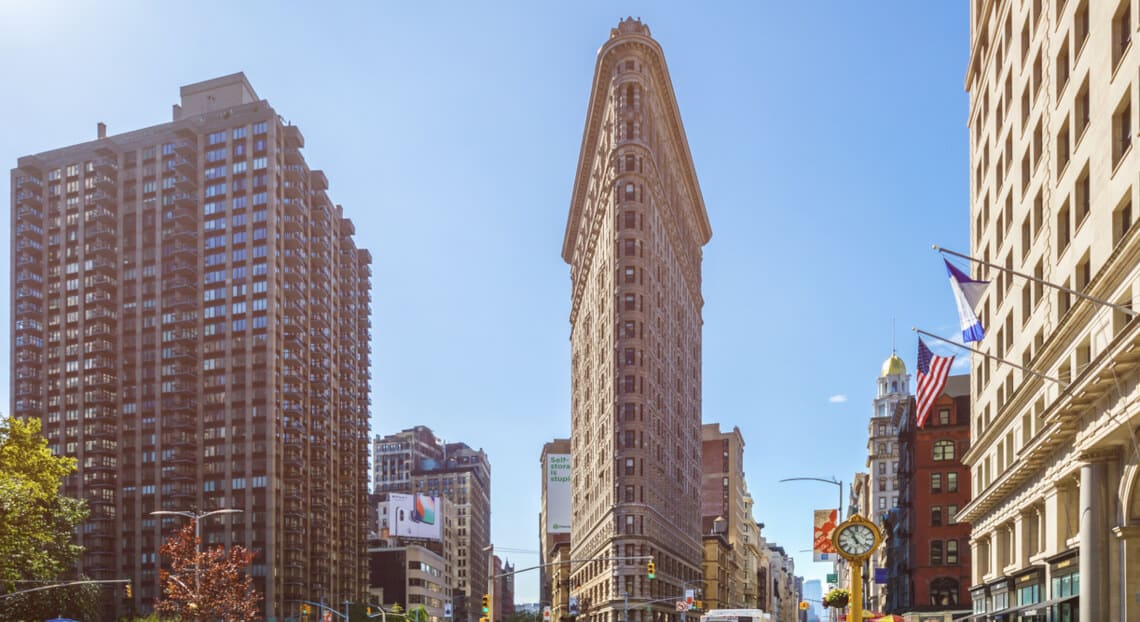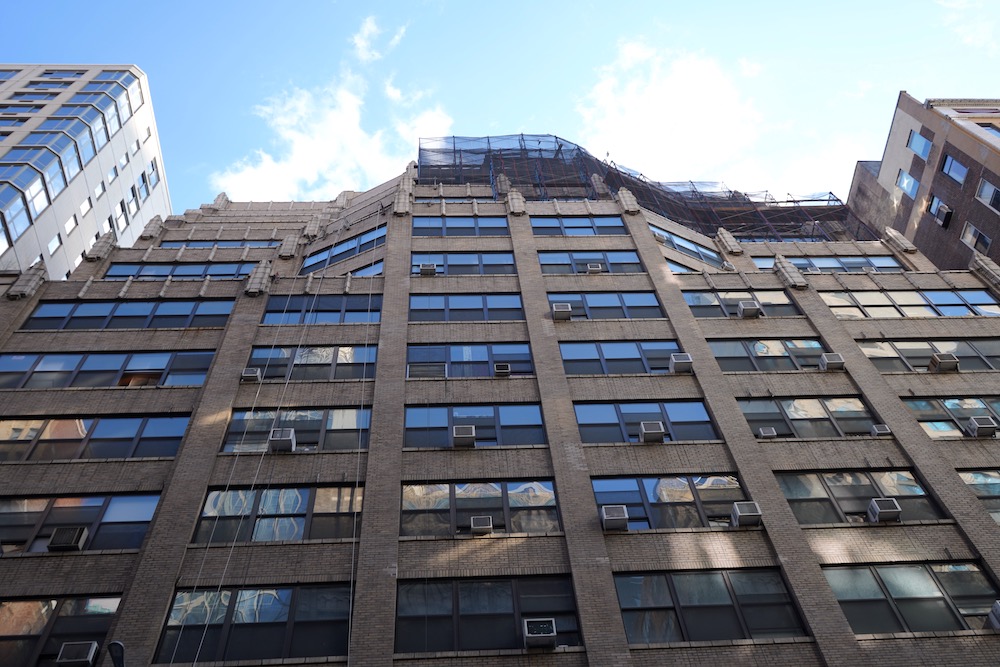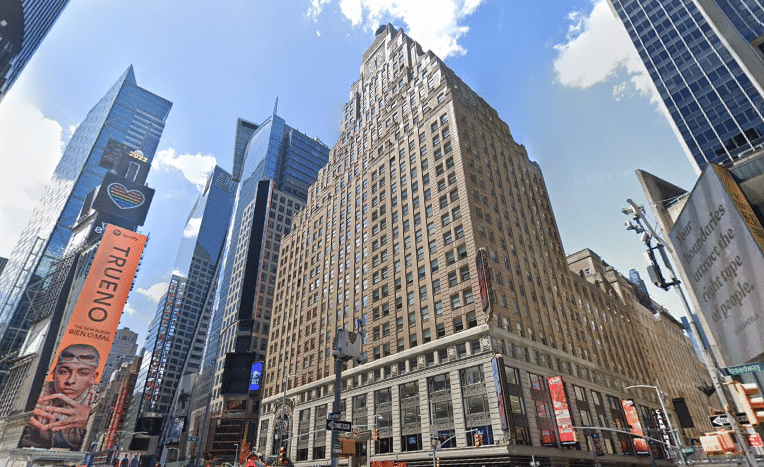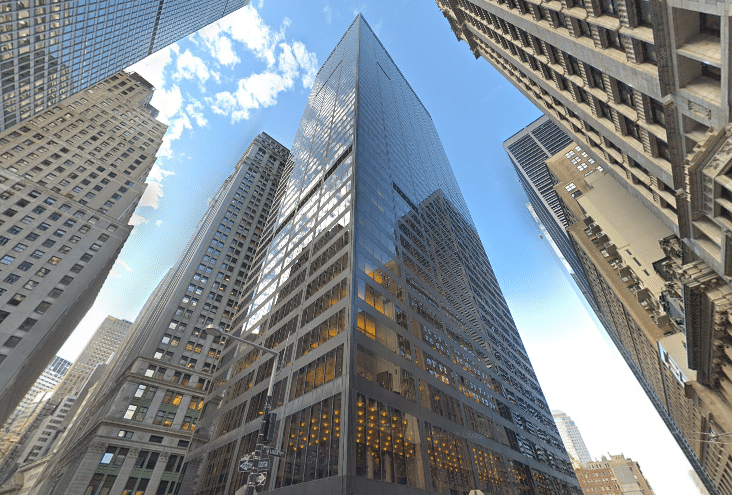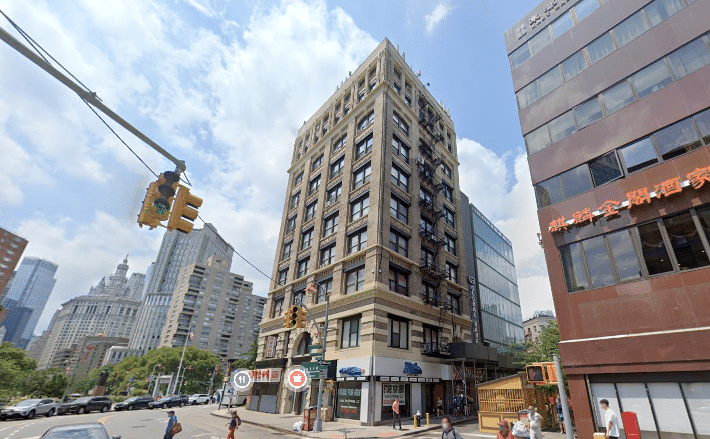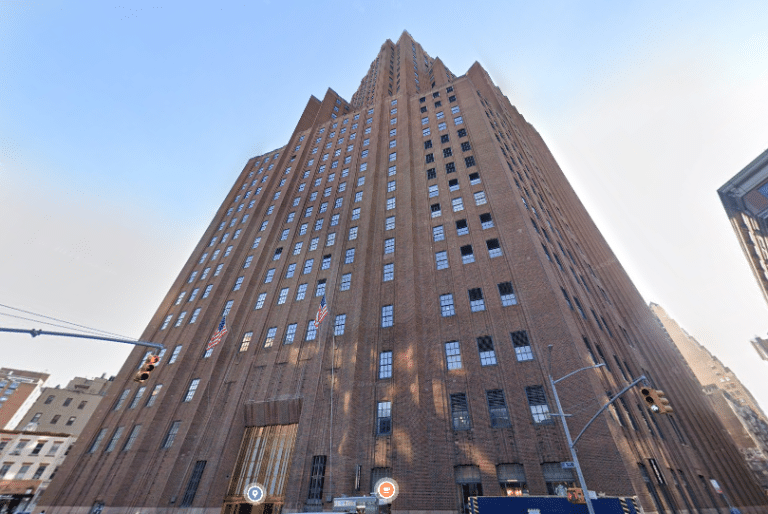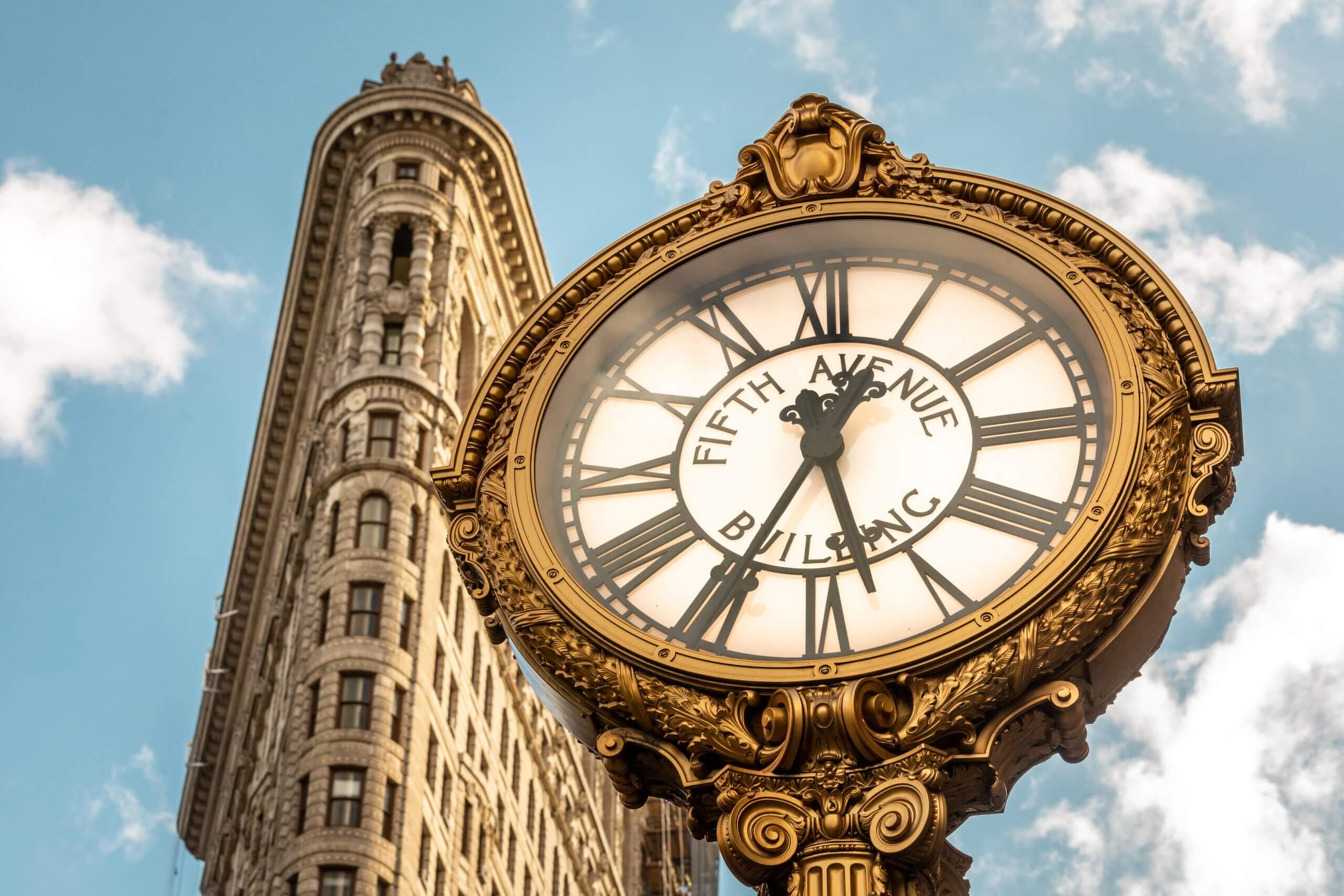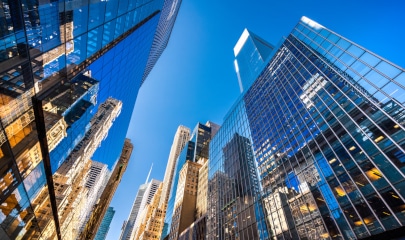New York City’s skyline is breathtaking, with towering marvels like the Empire State Building, the art deco masterpiece Chrysler Building, and the stunning One World Trade Center. But one building, in particular, stands out. Not just for its unique triangular shape but for its rich history- the Flatiron Building.
This iconic structure was constructed over a century ago and is an enduring symbol of the city’s cultural and architectural heritage. However, despite its status and prime location, the Flatiron Building has shockingly remained vacant since 2019.
Even more shocking? Its ownership status remains up in the air. Jacob Garlick acquired the Flatiron Building at an auction for $190 million. However, he couldn’t make the down payment, leaving the future of this landmark uncertain.
As Curbed puts it, “The Flatiron sale was a flop.”
What’s next for the Flatiron Building and the NYC commercial real estate market? Will this auction encourage or discourage investors from redeveloping historic buildings? Or could it become a landmark development project that attracts new businesses and residents?
Redevelopment Potential of the Flatiron Building
Picture this: the Flatiron Building, a true NYC icon, being transformed into a modern, top-of-the-line luxury office building that meets the demands of the post-COVID era.
A well-conceived redevelopment plan could take this historic building to new heights, offering unparalleled state-of-the-art amenities. The modern upgrades would distinguish this unique space, setting it apart from older landmark buildings that often lack such features.
The Flatiron Building has boundless potential to showcase the coexistence of old-world charm and modern amenities.
The Flatiron Building, with its iconic status and modern amenities added to the equation, could demand among the top office rents in New York City. Its neighbor, a high-end loft office building, 200 Park Avenue South, commands rents exceeding $85 per square foot. Picture the potential rents the Flatiron Building could command with its unique character, storied history, and contemporary upgrades.
Plus, the market will eventually rebalance as outdated offices convert to residential properties, resulting in less office space and more demand. Demand for space in the building could be so strong that companies would be on a years-long waiting list to lease space there.
Despite being around 225,000 SF and considerably smaller than buildings such as The Chrysler Building and Empire State Building, the Flatiron Building’s name recognition packs a punch. Its smaller floor plates of approximately 10,000 SF also allow smaller companies to establish a high-profile presence in the city and create a unique brand identity that would set them apart from competitors. Proper redevelopment could make it a game-changer for businesses seeking a renowned building in a prime neighborhood.
The Ripple Effects on the Flatiron District
The future of the Flatiron Building’s $190 million sale may be uncertain. Still, one thing is for sure – the potential redevelopment could create a game-changing ripple effect on the surrounding neighborhood.
The Flatiron District is already home to a thriving creative industry scene, with marketing, digital advertising, and PR firms aplenty. But if the Flatiron Building gets a much-needed revamp, the area could attract even more top-tier employees, bringing in fresh energy and vitality. We only need to look at the opening of One Vanderbilt in the Grand Central neighborhood to see the transformative impact a redevelopment can have on a neighborhood.
The potential redevelopment of the Flatiron Building could spark a surge of new businesses and employees. An abundance of cozy cafes, delectable restaurants, and state-of-the-art fitness centers could flourish in the area. But, of course, the rise of foot traffic in the Flatiron District will benefit more than just existing businesses. It could also create a ripple effect of increased property values and rents.
The current state of the market is challenging. Higher interest rates, less available credit, and tougher lending standards burden real estate developers and landlords. However, the Flatiron Building stands out as an anomaly amidst all this. If a Flatiron Building redevelopment goes well, landlords and developers may consider renovating other iconic buildings when the numbers and economics make sense.
The Key Takeaway
Iconic buildings have a transformative power that can change entire neighborhoods and cities. The Flatiron Building is a prime example. Its potential redevelopment is an electrifying opportunity for the Flatiron District and New York City.
The winning bidder will invest in one of the world’s most recognizable and historic buildings. Furthermore, upgrades could transform it into a highly sought-after address. This, in turn, would attract tenants and employees, increase property values and rents, and spark new developments.
But the benefits of the redevelopment extends beyond economics. The Flatiron Building holds a special place in the hearts of many New Yorkers.
The future of this landmark is uncertain, but the Flatiron District is on the brink of exciting changes. The building has the potential to become a hub of innovation and creativity, attracting top talent and companies to the area. The future impact on the Flatiron District and the city is yet to be determined, but it’s undoubtedly worth anticipating.
